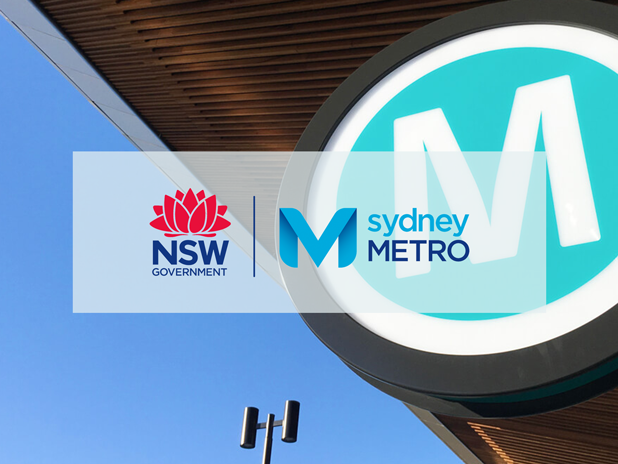Customer research and service designer
User Interviews | Stakeholder Interviews | Personas | Journey Mapping | Concept Creation & Validation | Measurement Framework | Culture Change
The Problem
The NSW compulsory third party (CTP) scheme was broken. Fraud and mistrust pushed green slip prices to the highest in Australia. For those who had been in a motor vehicle accident, the adversarial system added stress and time onto an already complicated process.
Major changes were made to the legislation to fix this, however, the regulator SIRA, needed to know how this would look across all touch-points for all stakeholders.
The Goal
Understand our customers and the various stakeholders involved, their journey, experiences, pain points and beliefs. From this understanding we can ideate and build outward facing concepts which ease their journey as well as inward facing principles and behaviours for SIRA to embed in order to promote a positive customer experience.
Process
Understand the changes, the customers and the ecosystem
Breakdown the legislative changes
Reviewed and mapped the current legislation against the changes in the future legislation. This gave us insight into the key outcomes of the new scheme and the impact of the changes.
Customer interviews
Interviews with over 40 customers and stakeholders within the CTP scheme. The aim was to understand their journey through the system, how they found information and their pain points within this.
Internal stakeholder interviews
Interviewing employees within SIRA to understand their roles, how they impact the customer and how feedback is incorporated and measured.
Insight development
We developed 8 key insights derived from our research which cover both the needs of people who are injured in motor vehicle accidents, and expose the gaps within their experiences of claim and recovery processes.
Customer personas
Developing personas gave us deep insight into the differing needs of our customers and guidance in designing solutions that would take into account their varying needs. For example a more active customer may want to navigate the process themselves through straightforward interactions, whilst another may need more support and guidance along the way.
Customer journey maps
The interconnected ecosystem and process is complicated and involves numerous parties. Each has a different agenda yet plays a pivotal role in the customer experience.
Our research identified that customers go through parallel journeys; one through the schemes process and one through their personal processes. It was crucial to find a way to minimise the impact of the scheme process so that the customer can focus on their personal journey.
Customer centric principles
We co-designed with SIRA customer centric principles and guiding behaviours. Co-designing ensured they had organisational ownership and that behaviours would be understood, embedded and dispersed across the scheme.
For customers, this means that during all interactions throughout their journey they are being treated in a way which adheres to these principles.
Concept creation
Through blue sky concept ideation, focusing on how each concept would solve pain points for our personas and the customer centric principles they address.
These were then tested for desirability with customers and for viability and feasibility with internal stakeholders. Ultimately resulting in a concept roadmap.
Measuring change
The measurement framework consists of the measurement model, research model and feedback loops throughout the customer journey. This is used to inform tactical, operational or strategic changes within the scheme. This was developed through mapping the points in the customer journey which are necessary to measure and how to measure them.
Internal culture change
Building a cultural framework and supporting artefacts through customer interviews and stakeholder workshops to guide organisational change, communication strategies, and associated activities. The three pillars of the cultural change framework included the customer centric principles, guiding behaviours and the measurement framework.
What next?
Performing this piece of work for SIRA was a complex task. The ecosystem is large, their are many parties with influence and there is a lot at stake. Sticking to design thinking processes in times of complexity was key to success in this project.
The regulation was implemented at the end of 2017 and whilst changes to such a large and complex scheme will take time to be apparent NSW has already seen a large reduction in CTP premiums and outcomes for customers have moved away from compensation towards recovery.






